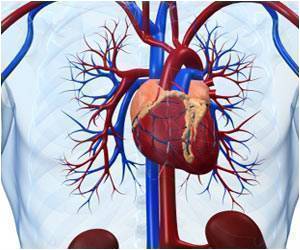Patients with Grave heart valve disease can be assisted with alternative scanning techniques that provide keener insight into the condition.

The narrowing and hardening of the heart's aortic valve – a common condition known as aortic stenosis – affects 1 in 20 people over 65 in the UK and is on the increase due to an ageing population. The study, funded by the British Heart Foundation (BHF), trialled the use of positron emission tomography (PET) scans among patients with the condition.
The scans give a much clearer insight into the process that causes aortic stenosis than ultrasound scans, which are currently used for diagnosis. They involve using tracer chemicals, which highlight molecular changes within the body.
Dr Marc Dweck, of the University of Edinburgh's Clinical Research Imaging Centre, said: "Currently the only form of treatment is heart surgery which is not necessarily ideal as the majority of patients are over 65. These scans will help us better understand what is happening to the heart valves, and hopefully help us to halt the processes causing the narrowing. It may also allow us to predict which patients are likely to need an operation and when this might occur."
The scans showed that inflammation, possibly related to fatty deposits, was important in establishing the very early stages of the disease. However, after this initial trigger subsequent narrowing was instead mainly due to the build-up of calcium deposits in the valve.
The use of the PET scans mean that scientists can now analyse what is happening to heart valves earlier in the disease process, when treatments are more likely to be effective. The study has been published in the journal Circulation.
Advertisement
"We're delighted to have been able to fund this study, which has used state-of-the-art imaging technology to reveal clues about the biology underlying aortic stenosis and how it progresses. The researchers have shown that calcification, or 'hardening', of the aortic valve may be the most important process underlying its progressive narrowing. This could explain why attempts to treat patients by targeting the inflammation in the valve have not worked, and it offers hope that a change of strategy —targeting the calcification process— might prove more successful."
Advertisement















